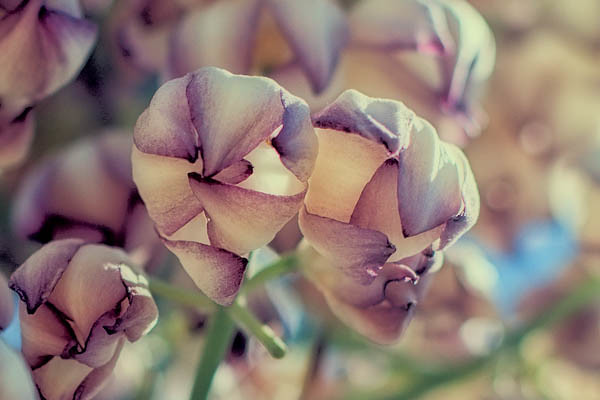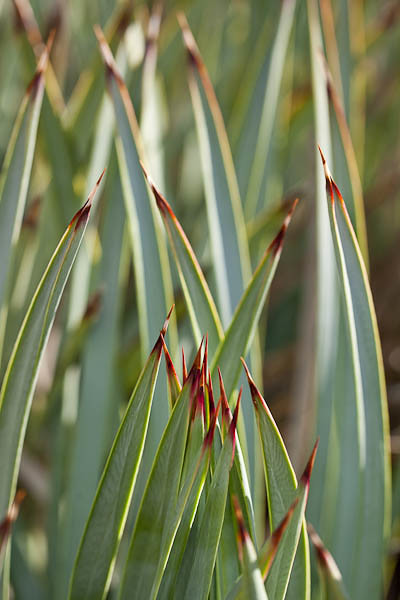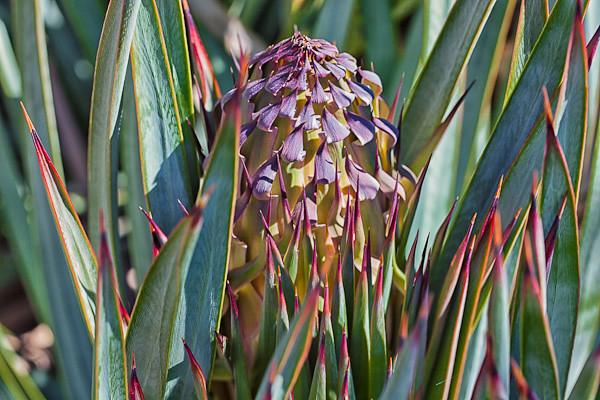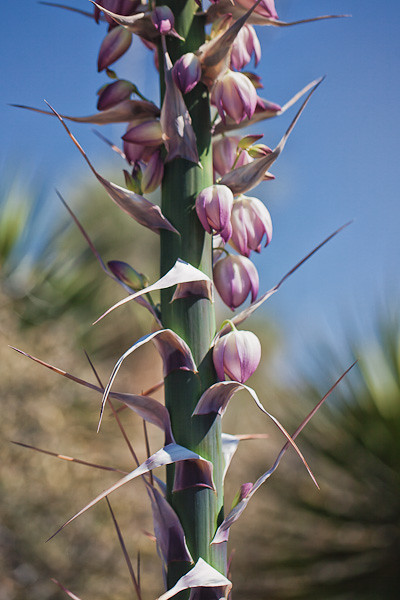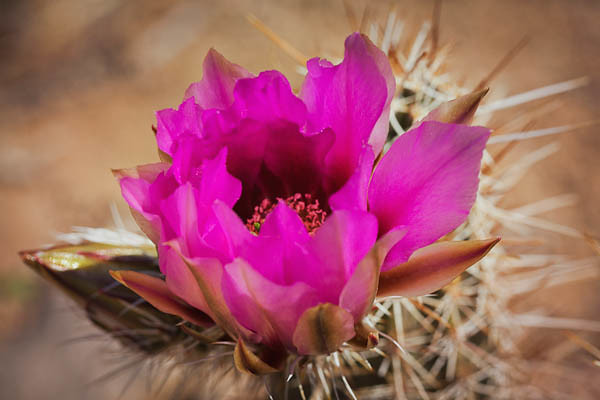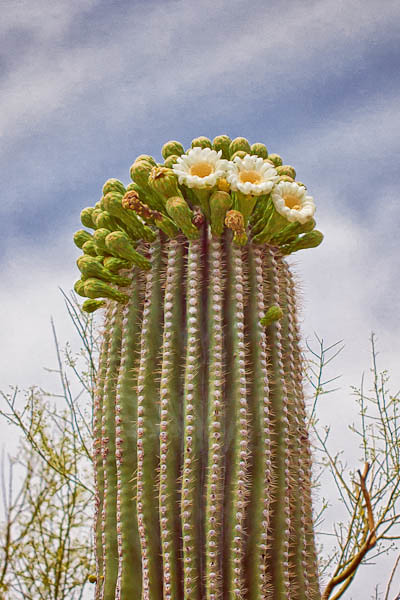
https://drcarlosarzabe.com/dr-carlos-arzabe/ Three Blooms on a Saguaro © 2012 Bo Mackison
https://www.circologhislandi.net/en/conferenze/ The miracle is not to fly in the air, or to walk on the water, but to walk on the earth. ~ Chinese Proverb
These are the first blooms on a saguaro cactus I have ever seen. What a thrill!
Cheap Tramadol As I drive and walk through the Saguaro forests in the Sonoran Desert I am on the look out for saguaro blooms. I’ve seen a few cactus with their heads covered with a few buds, and a couple that have a mop of buds like the saguaro in the photograph. But I have only seen two that actually had a flower in bloom — and this one had three!
These three blossoms will start to shrivel and fade as evening approaches. Other blossoms will bloom in the night and those flowers will last for much of tomorrow. A saguaro flower only lives one day – but what beauty it offers in that single day!
—————
Bo Mackison is a photographer and owner of Seeded Earth Studio LLC, living and photographing in southern Arizona until the end of April. She is so happy that the flowering season for cacti — hedgehogs, prickly pear, cholla, and finally saguaro — is showing peeks of color in the desert.

